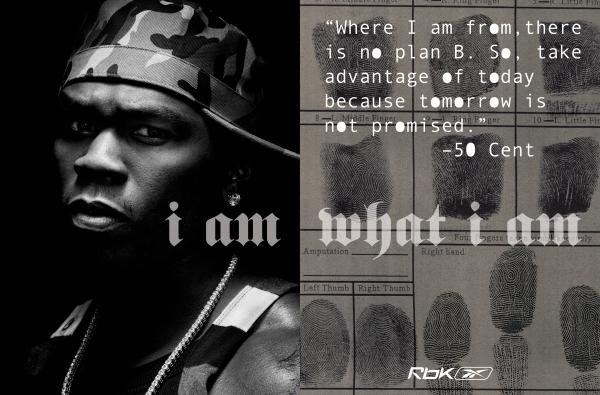Semiotics: icon, index, symbol notes An Icon has a physical resemblance to the signified, the thing being represented. A photograph is a good example as it certainly resembles whatever it depicts. An Index shows evidence of what’s being represented. A good example is using an image of smoke to indicate fire. A Symbol has no resemblance between the signifier and the signified. The connection between them must be culturally learned. Numbers and alphabets are good examples. Icons: Index: Symbol: Why are icons and indexes so important in media texts? icons and indexes are important in media texts because they let the audience understand what a picture means such as if there was a poster about computers, the audience would want to know the company and they wouldn't understand what the poster represents however if there was a microsoft icon at the left, bottom, right, wherever, they would understand that its a poster/advertisement from microsoft. To sum it...
